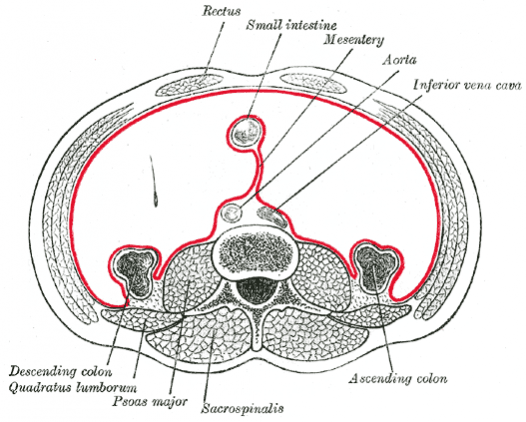
There's a new organ in your body, and it's been there for ages!
A report published in The Lancet in November stated that as the mesentery has now been anatomically mapped and the biological functions of its various parts have been defined — albeit sketchily — it should now be classified as an organ in its own right.
Now most of you are probably thinking that you've heard of this new 'organ': After all mesenteric disease has been around for ages. What's changed is the element of knowledge about the mesentery – which is the fold of the peritoneum (the abdominal lining) that holds the intestines to the wall of the abdomen.
J Calvin Coffey, a researcher at the University Hospital in Limerick, and the man pushing for the mesentery's 'organification', states that once the functions of the various parts of the mesentery have been understood, doctors and medical researchers can begin to chart abnormal behaviour, and hence identify diseases of the mesentery.
In fact, Grey's Anatomy (the anatomy Bible, not the TV series) has been updated to encompass the new information found on the mesenteric organ.
In 2012, an electron microscope investigation of the mesentery revealed it to be a single structure, thereby enabling surgeons to innovate surgical methods to combat diseases of the colon and rectum.
Coffey in his 2013 paper in The Surgeon, titled Surgical Anatomy and Anatomic Surgery – Clinical and Scientific Mutualism, divided the mesentery into the ascending, transverse, descending, and sigmoid mesocolons, mesoappendix, and mesorectum.
It is hoped that the new knowledge of the organ will help push advances in the treatment of Crohn's Disease and the congenital disorder known as Intestinal Malrotation.
In school, students are taught there are six vital organs — brain, heart, lungs, kidneys, liver and skin. However, in fact, there are 91 organs in the body. In fact, let's make that 92... welcome Mesentery!















